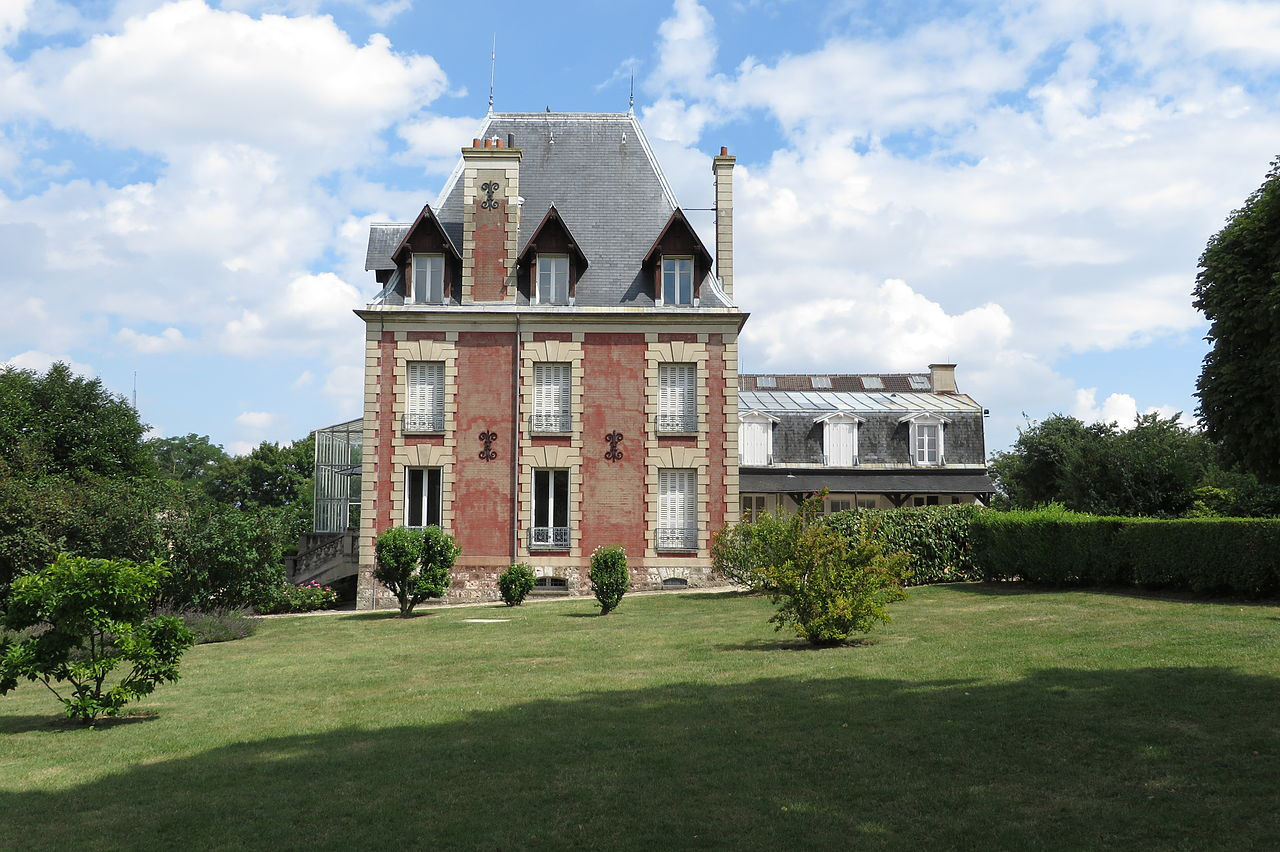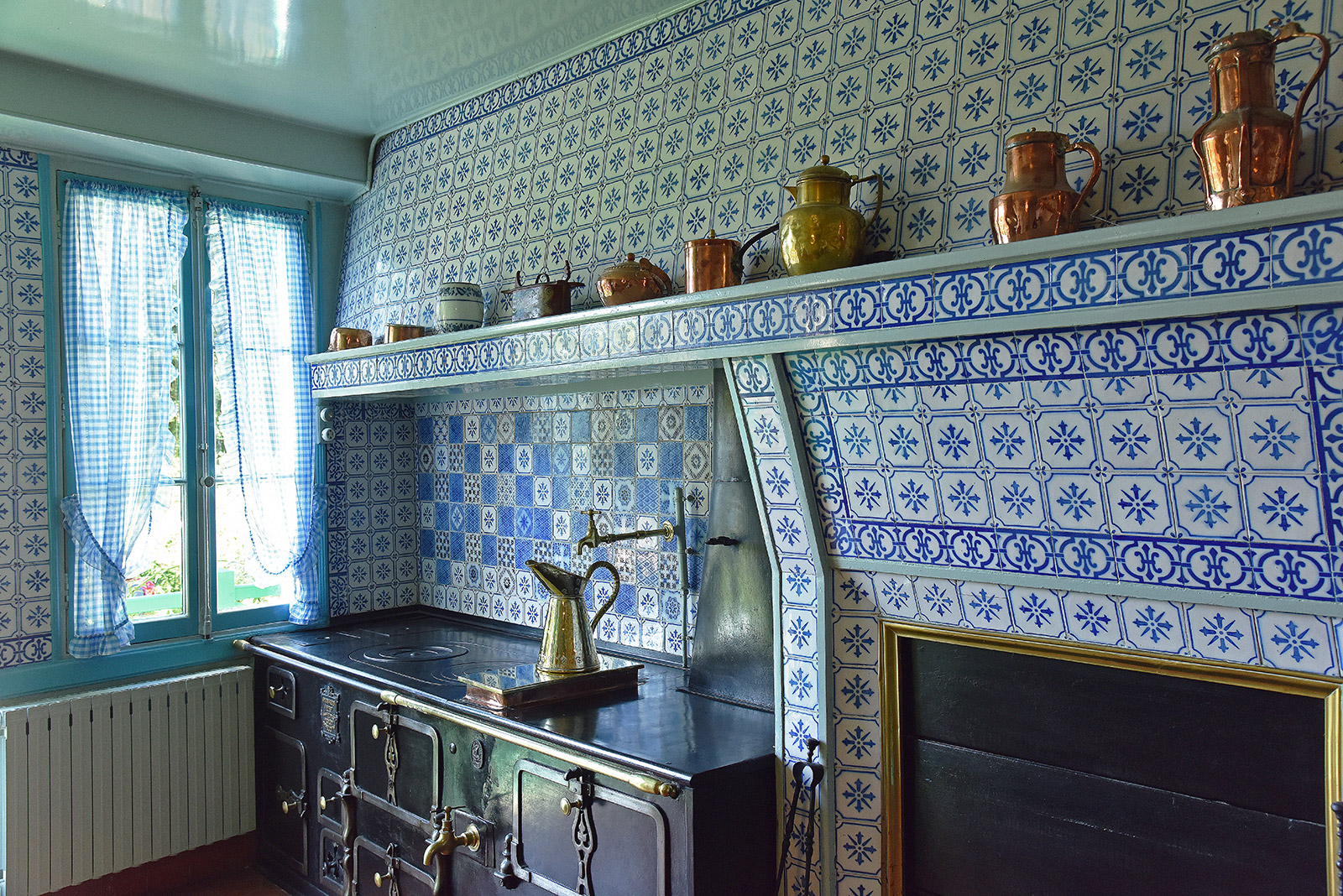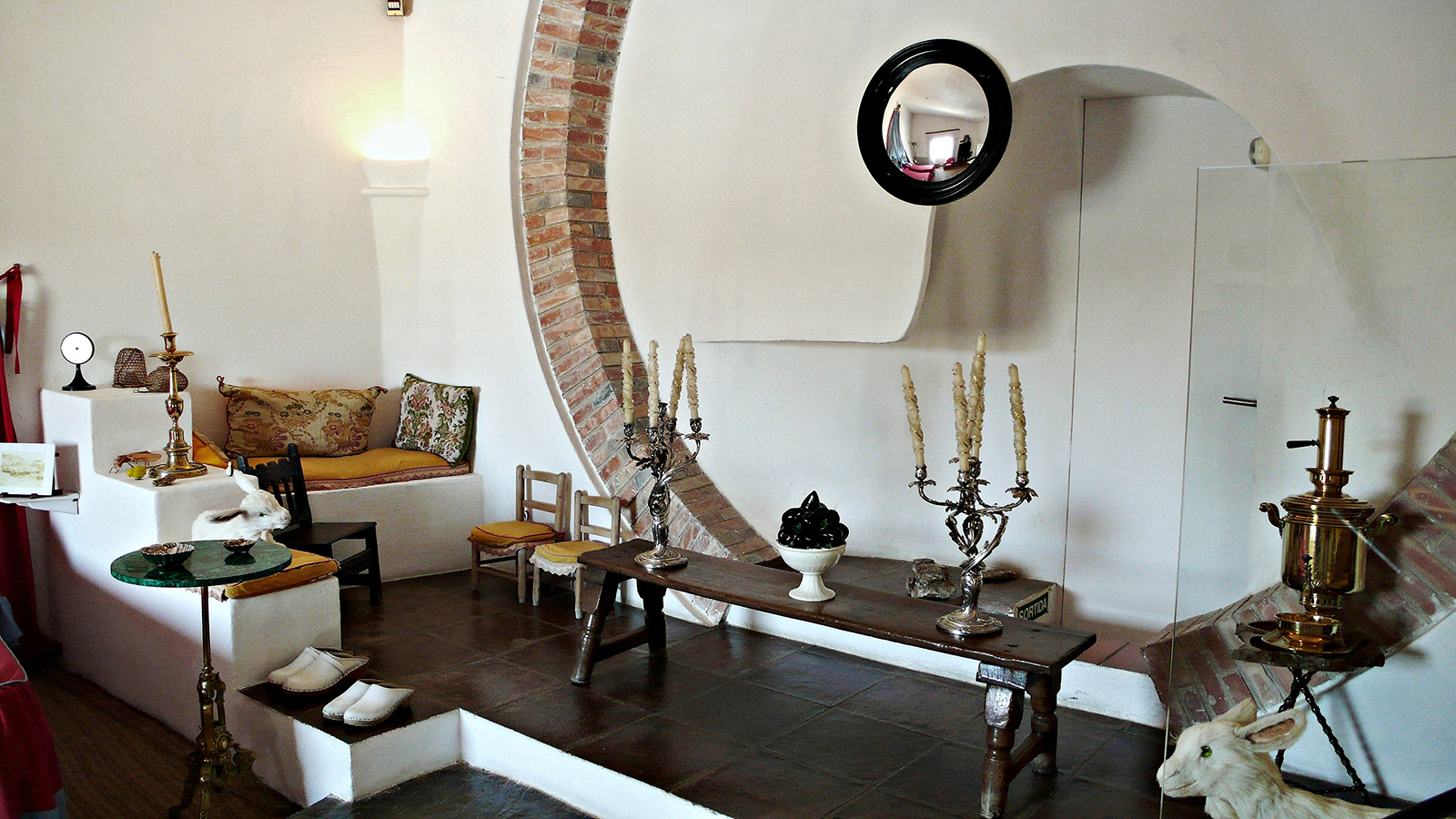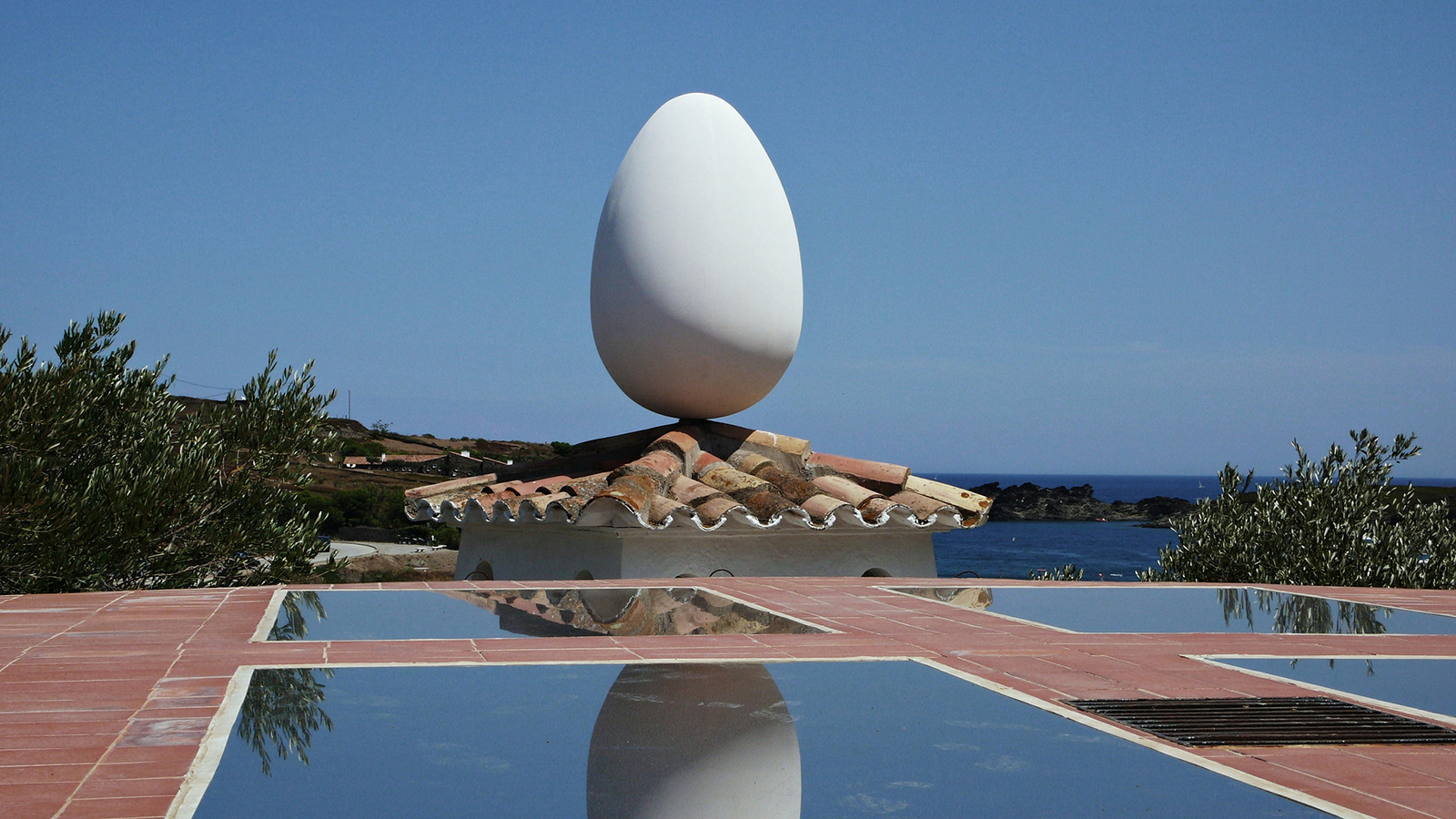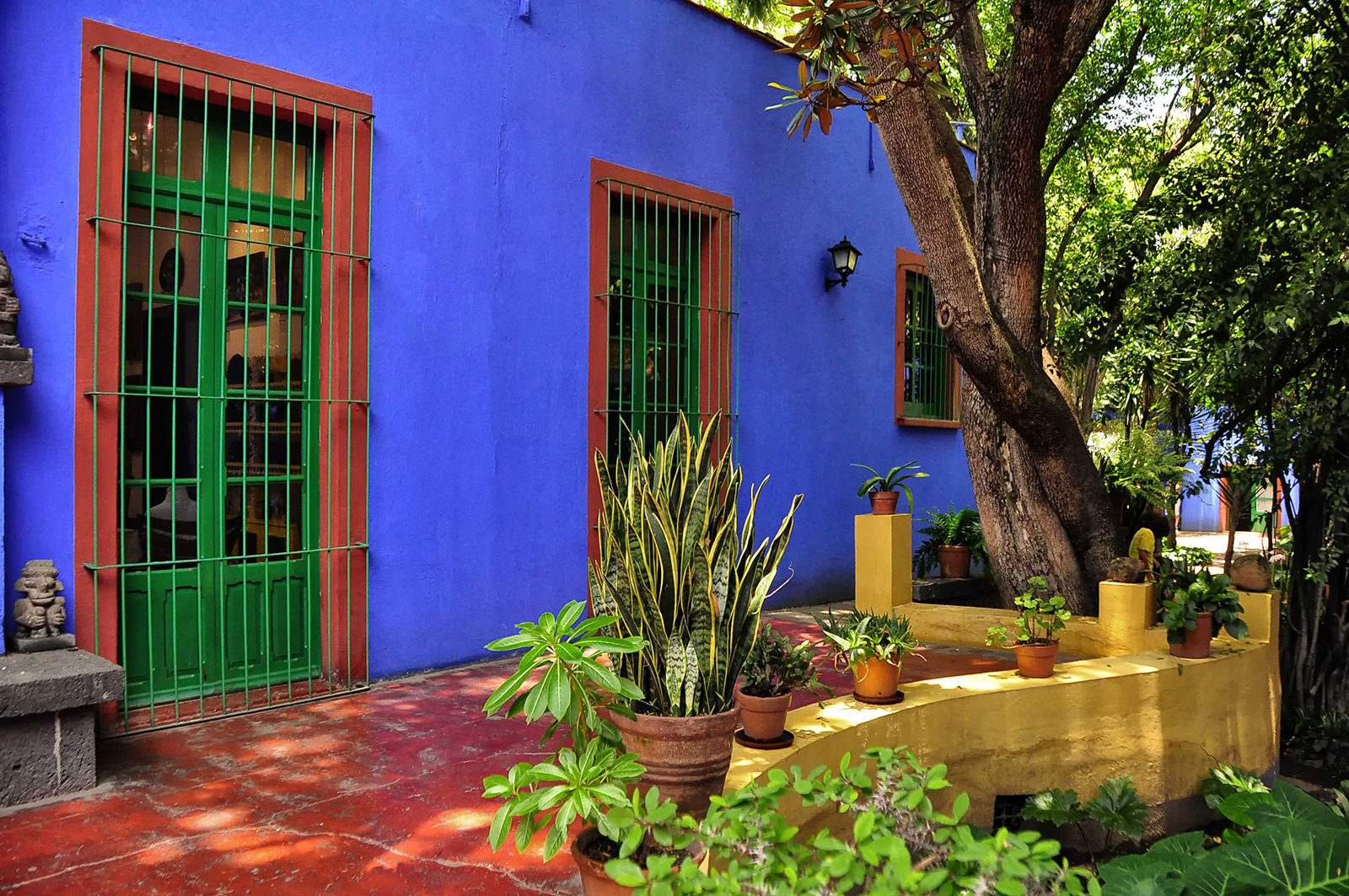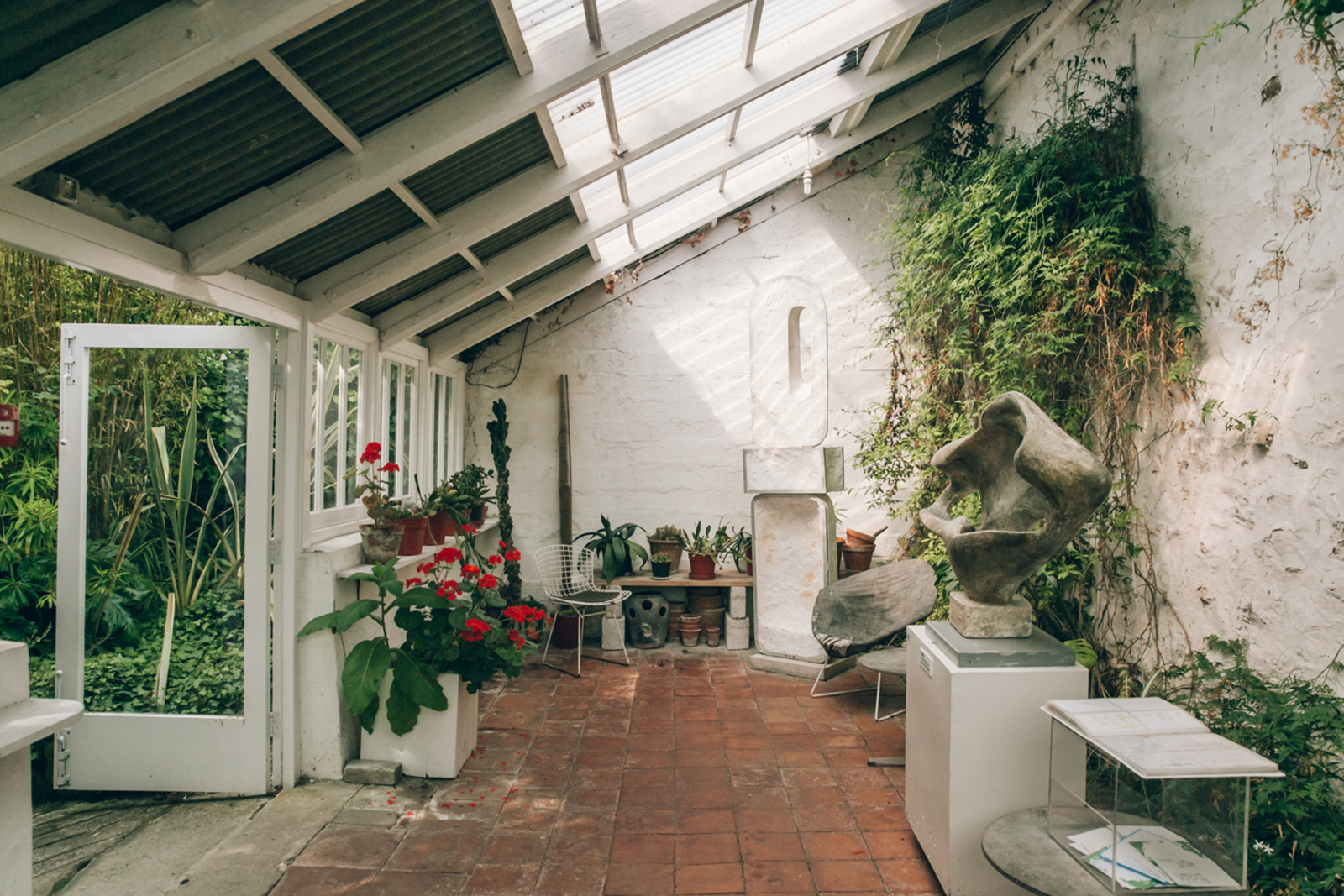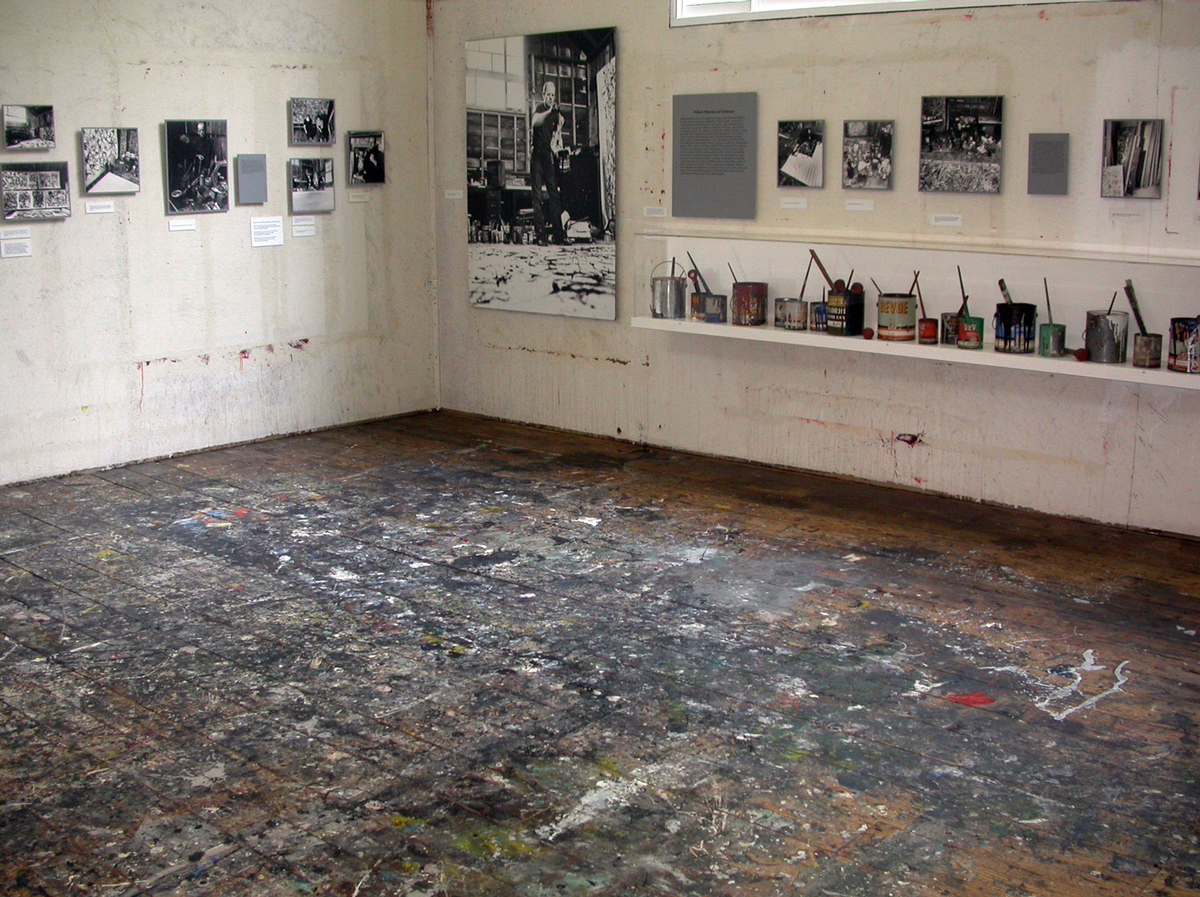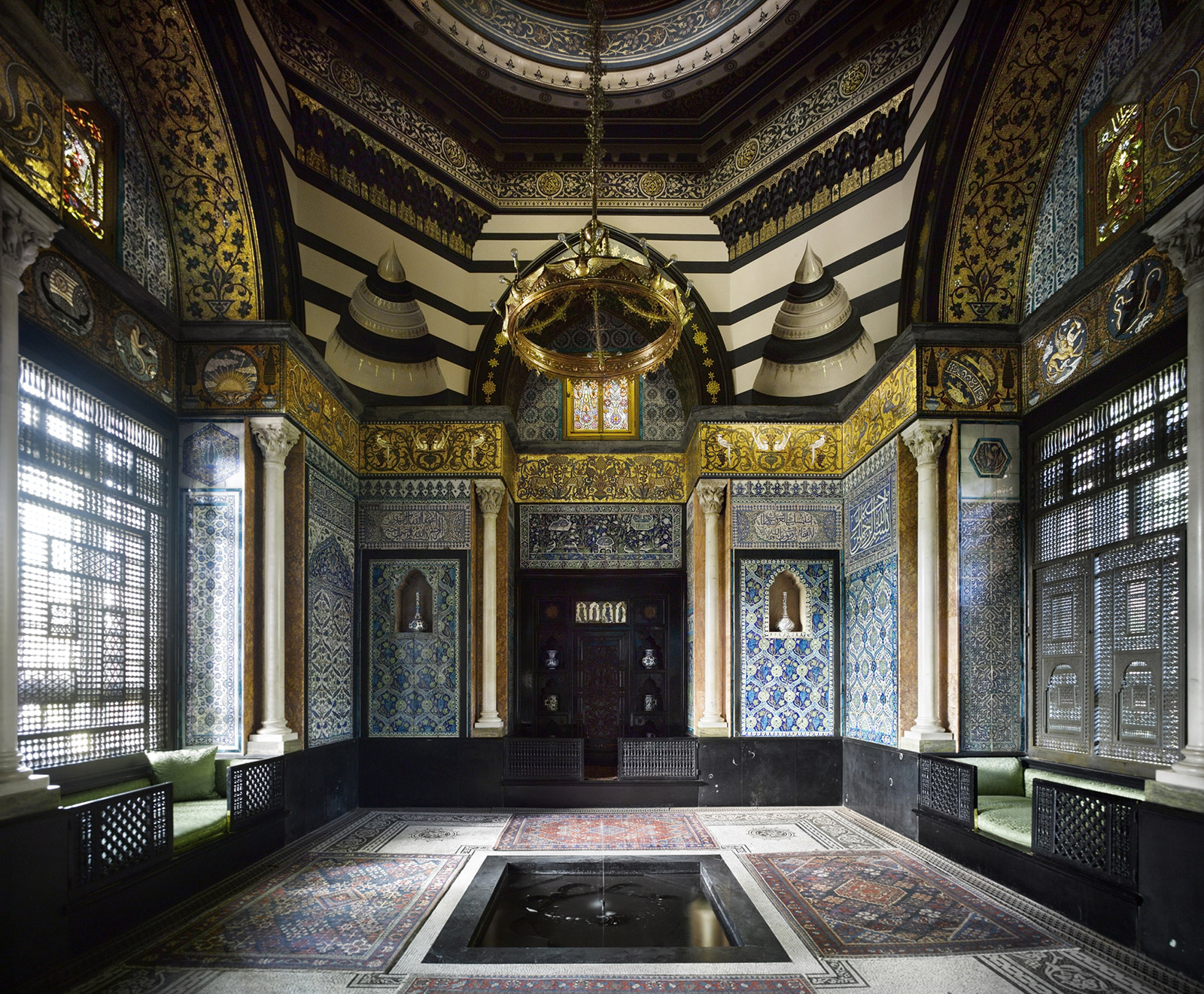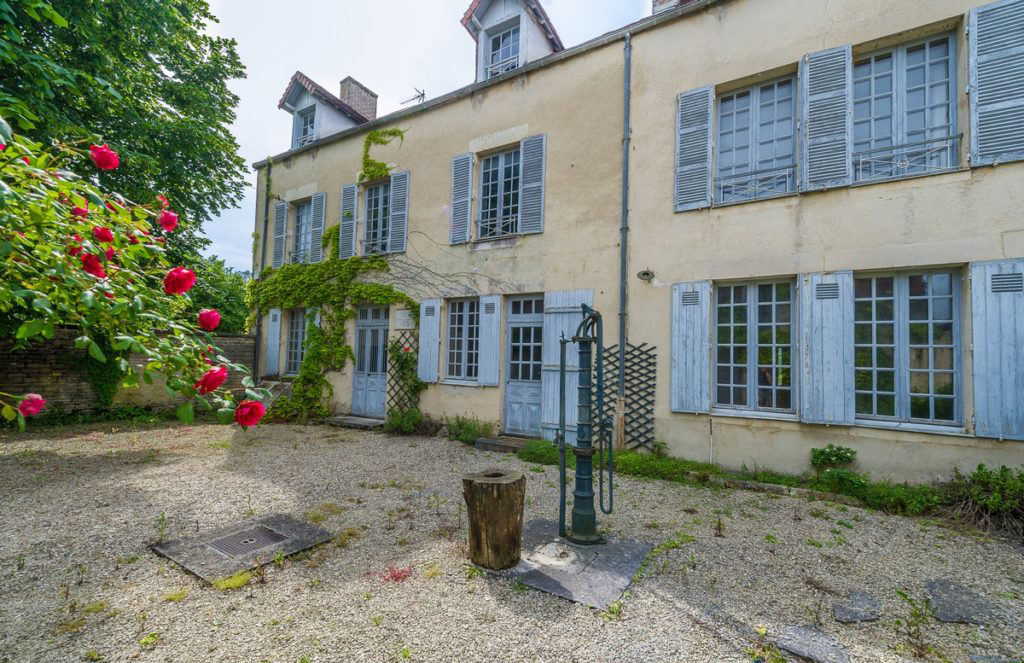If you’re in the process of buying a home, one of the more challenging aspects can be saving for a down payment. When you’ve found your dream property, you want to do everything you can to expedite the process and become a homeowner, and once you calculate the down payment, it may not end up being a feasible option.
Saving for a down payment is definitely important, but there are alternative options if you have little to no down payment available to purchase a home. Let’s take a look at these options to see if one fits your circumstances.
No down payment mortgage loan options
There are a few different paths available to purchase a house with no money down, although the income requirements, total debt obligations, and credit score requirements will vary. Let’s look at each one in more detail.
VA Loans

VA loans are offered by the Department of Veterans Affairs and are zero percent down loans for home purchases. VA loans are available to eligible Veterans and their spouses and do not have a maximum loan amount. Therefore, if you have a credit score of 620 or higher, a suitable debt-to-income ratio, and can afford the payment, VA loans are available above and beyond the conforming loan limits. Added bonus, VA loans do not require private mortgage insurance (PMI), which can save you money over the life of the loan.
USDA Loans
A USDA loan can be another option to purchase a house with no money down. USDA loans are offered for home purchases in eligible rural areas and have their own set of requirements for qualification. For example, buyers must purchase a single-family home that will be their primary residence, meet the income and household income requirements, earn less than 115% of the median income for the area, be within the debt-to-income ratio requirements, and have a credit score above 620.
Down payment assistance programs
If you don’t qualify for zero down home loans, there are options available to purchase a home with no money using a down payment assistance program. These programs can help close the gap you need for a suitable down payment and bring you closer to purchasing a home. These programs come with differing qualifying and repayment requirements. Repayment options available may be monthly payments added to your mortgage payment, due and payable at maturity, refinance or sale of the property, or forgiven after a pre-determined time has elapsed.
State Housing Finance Agencies
Each state and some municipalities have their own down payment assistance program and payment assistance from state housing finance agencies can come in the form of grants, loans, forgivable loans, and/or tax credits.
While each state will have different criteria for approval, there are some commonalities for qualifying such as the requirement to purchase a primary residence in the specific state or municipality; you must be using approved mortgage programs as well as an approved mortgage lender to qualify.
Down Payment Grants
Down payment grants are a lump sum that is given for the down payment and/or closing costs and is not subject to repayment. Qualifying for a grant is specific to the program.
Specialized Down Payment Programs
Down payment assistance can also come from other sources, such as specialized down payment programs. For example, CrossCountry Mortgage offers down payment assistance programs for borrowers that must be residing in an eligible census tract in neighborhoods including Chicago, Detroit, and Philadelphia. If a borrower currently resides in an eligible area, they can purchase anywhere in the country. In addition, the CCM Community Promise provides up to $6,500 in down payment assistance to qualifying borrowers. At least one of the borrowers should be a first-time homebuyer purchasing their primary residence, and a minimum of 3% down payment will be needed. The program is open for eligible census tracts, and there are no income limits to qualify for the CCM Community Promise.
Low down payment mortgage options
Aside from zero down loans and down payment assistance programs, low down payment mortgage options are also available with less restrictive borrower qualification criteria. There are pathways available through Fannie Mae, Freddie Mac, and the FHA.
Freddie Mac Home Possible Mortgage
Freddie Mac Home Possible® is a special mortgage program that is designed to give borrowers more flexibility and options when it comes to owning a home. The program is designed for low-income borrowers and only requires a minimum of a 3% down payment. Similar to the other programs we have discussed here, the borrowers must purchase a single-family unit and income restrictions are limited to 80% of the area median income.
Fannie Mae HomeReady Mortgage
The Fannie Mae HomeReady Mortgage is a low down payment program designed for low-income borrowers. HomeReady is an excellent loan for eligible first-time homebuyers and seasoned homebuyers. Borrowers will need to have a credit score of 620 or higher to qualify. Competitive pricing options may be available for borrowers with credit scores above 680 or higher.
FHA Loan
Another option to buy a house with a low down payment for both first-time homebuyers and seasoned homeowners is with an FHA loan. An FHA loan is a government-insured loan where the borrower needs to show a 3.5% down payment to purchase a home. FHA allows the borrower to obtain a qualified gift for the 3.5% down payment, in addition, the sellers can pay up to 6% of the purchase price toward closing costs, allowing the borrower to make the purchase with no money out of their pocket. Borrowers will need to show a credit score of 580 or higher to qualify for maximum financing. A borrower could have a credit score as low as 500 with a 10% down payment.
Conventional Loan
Conventional mortgage options are available for first-time homebuyers and seasoned homeowners with down payments as low as 3% for a single-family home. There will be additional requirements based on the specific program and the type of purchase. For example, conventional loans may require a higher down payment depending on the borrower’s income, total debt owed, credit score, or if they are choosing an adjustable interest rate mortgage.
For this and similar articles, please visit CrossCountry Mortgage

 Some home upgrades—notably anything involving plumbing or electricity—demand a professional. But others? Not so much. In fact, in an age when homeowners feel empowered to square off with many home improvement projects themselves, creating DIY decor has become a typical weekend activity.
Some home upgrades—notably anything involving plumbing or electricity—demand a professional. But others? Not so much. In fact, in an age when homeowners feel empowered to square off with many home improvement projects themselves, creating DIY decor has become a typical weekend activity.
















